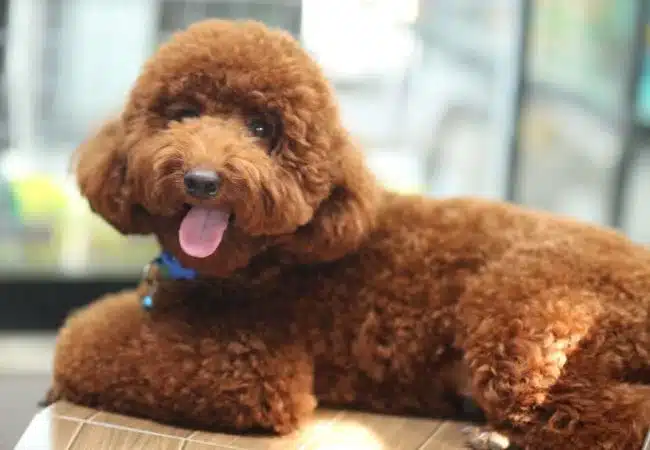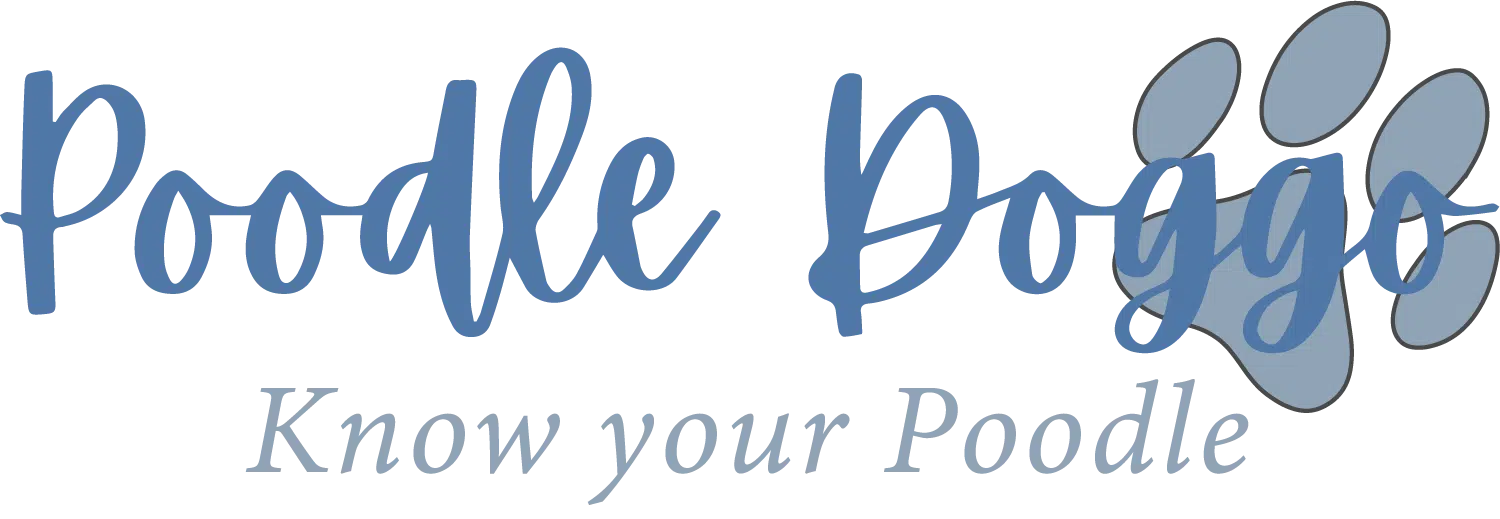Understanding “how much to feed a Poodle puppy” is crucial to caring for your new puppy. It varies with the size of your pet Poodle—Standard, Miniature, Toy, or Teacup.
Smaller dogs do better with small, easy-to-chew pieces; bigger breeds may need more significant portions or subtly different nutrients for good growth.
While extremely young pups typically need to be fed multiple times a day. The amount of feed you give your dog should be adequate for it to stay at a healthy body weight.
Keep reading this article to find out how often to feed your Poodle. I’ll show you how to cut mealtimes and increase quantity as puppies grow.
So, Let’s begin!
Table of Contents
ToggleHow Much To Feed A Poodle Puppy?
When determining how much food to give your Poodle, its age is one of the most critical factors. Young Poodles typically consume between 2 and 4 cups of food each day. Adult and senior Poodles need 1–2 cups or less.
A Poodle’s dietary requirements are also affected by its size. Standard Poodles have a larger appetite than their smaller cousins, the Toy and Miniature Poodles.
To ensure optimal health, all Poodle breeds need a diet that meets the Association of American Feed Control Officials (AAFCO) standards.
Learning “how much to feed a Poodle puppy” is a slow process that varies depending on your Poodle type, the activity level of your Poodle, the quality of the food, and many other factors!
Even though this guide will be helpful, you should always check your dog’s needs to see if it needs a special diet. For more specific advice, it is best to talk to a vet or a licensed pet nutritionist.
Poodle Puppy Feeding Chart (RER)
If you have a Poodle puppy, you may use this feeding chart to determine how much food to give them at various ages.
Find your puppy’s RER (Required Resting Energy Level) to determine how many calories they need daily (RER).

Therefore, if the puppy is younger than four months old, multiply the result by 3, but if the dog is more than four months, multiply the result by 2.
To determine RER, multiply 70 by the puppy’s weight in kilos, then raise the result to the third power. The recommended daily caloric intake for a puppy weighing 3 kilograms would be 2 × 70 x (3/4 x (10 kg) = 320 calories.
Poodle Puppy Feeding Guide (2 to 12 months)
Puppies of all sizes, including Toy, Miniature, and Standard, benefit significantly from breast milk during the first few weeks of their lives.
Poodle puppies start the weaning process when they are over three weeks old. That’s when you start giving a Poodle puppy food until it no longer needs its mother’s milk.
When these puppies are socialized properly after weaning, you’ll see them develop quickly. Poodle puppies will require a higher-calorie diet to reach their maximum growth potential as young adults.
See the following tables for a guide on how much food different-sized Poodle puppies need:
Standard Poodle Puppy
Miniature Poodle Puppy
Toy Poodle Puppy
Adult Poodle Feeding Guide (1 to 7 years)
Puppies of all sizes, including Toy, Miniature, and Standard, typically mature between 12 and 18 months. They may need to adjust how much they eat because of the rise in calorie needs that often occurs around these ages.
The following is a chart illustrating the amount of food an adult Poodle needs each day:
The calorie content per cup varies widely among adult dog foods brands, making it essential to do some research. Your pet dietitian or an online pet calorie calculator will help you get a more precise number.
Senior Poodle Feeding Guide (8 years and above)
When it concerns senior Poodles, reducing the calories they consume each day is preferable because their bodies are aging. As they age, their nutritional needs change because they become less active and more delicate.

Elderly Poodles are not only less active and less energetic than younger dogs, but they also have a significantly slower metabolism. So, limiting their access to goodies and concentrating on feeding them a more nutritious diet is advisable.
The following table can serve as a guide for feeding senior Poodles:
An elderly Toy, Mini, or Standard Poodle should eat a diet low in fat and high in protein. Muscles and organs tend to atrophy in older dogs, so providing them with a protein boost will help them keep their shape.
How Often To Feed A Poodle Puppy?
As a general rule of thumb, Poodle puppies should be fed at least thrice daily. However, two meals a day is sufficient for adult Poodles, while one meal is sufficient for senior Poodles.
Feeding a Poodle puppy the proper amount of food at each feeding is crucial. This will prevent them from becoming overly hungry or snacking throughout the day.
Most Poodle owners would tell you that their puppy always begs for more food.
Maintaining a healthy weight for your Poodle requires nothing more than sticking to its usual food routine.
Which Food Is Best For Your Poodle?
Several commercial options exist when looking for the finest food for a Poodle puppy. You can choose from many options: dry, wet canned food, grain-free, limited-ingredient, and more.
A wide variety of options are available among commercial dog food brands. So, it is essential to investigate your- options to select the finest one for your dog.
Each type of food has its advantages and disadvantages. Therefore, it’s best to discuss this with your vet.
Dry Food– Pet parents of dogs of all ages can get dry food at pet stores and from commercial dog food makers. It’s cheap, durable, and easy to store.
Homemade Food– Raw or home-cooked puppy foods are popular for some dog owners. A poodle homemade food can give your dog all the necessary nutrients if you know what to add to a well-balanced meal. Poodle puppies can also consume cooked meats and sweet potatoes.
Wet food– wet food is typically the tastiest variety, but it can be challenging to work with during training. It typically comprises about 75% water. Blending wet and dry food is a great way to keep your Poodle’s diet interesting. The finest dog food is dry food, which lasts longer and is less likely to go bad than wet food.
Grain-free food– may benefit puppies with allergies, but studies have found a correlation between it and health issues. Ingredients like grain-free foods are an option for dogs with digestive sensitivities.
Biologically Appropriate Raw Food– It is a raw food diet for dogs that emphasizes the consumption of fresh, uncooked meats, eggs, bones, produce, and probiotics. Raw feeding, free of preservatives, can be highly nutritious for your pups and adult dogs if done correctly.
Kibble– kibble is convenient for training. It’s cheap, easy to get, and nutritious for your Poodle puppy. Kibble’s rough texture also benefits puppies’ teeth since it helps mechanically scrape out detritus.
Changing Your Poodle’s Diet As It Grows
Poodle puppies should be fed the same food they were receiving from their breeder when they first came home.
Slowly introduce them to the new food you’ll serve at home if you change their diet.
- First week: 1/4 new, 3/4 old
- Second week: 1/2 old food, 1/2 new food
- Third week: 1/4 old food, 3/4 new
- Fourth week: Make a complete diet change
Over a month, gradually replace the old food with the new one. When done too quickly, this might cause digestive problems and stomach distress.
Is My Poodle The Right Weight?
Regarding your dog’s health, neither being overweight nor underweight is ideal. Check the Poodle growth chart and the puppy’s weight regularly to determine the best feeding schedule.

If you have a dog, you should examine its ribs. Your dog might be overweight if you can’t feel his ribs. Your dog may need extra food if you can see their ribs without having to feel for them.
Watch for signs of weight problems, including fatigue, turning over, and gastrointestinal troubles.
Suggested Read: how fast does poodle puppy hair grow?
Why Is My Poodle Puppy Still Hungry?
When you’ve given a puppy the exact quantity of food it needs, some may still insist on eating more.
Poodles are predisposed to weight gain, which can lead to undesirable medical complications like diabetes, heart disease, arthritis, and digestive troubles.
Instead, help your dog eat slower or feel fuller. A slow-feeder bowl may be helpful to slow down the rate at which your dog devours his food.
Why Won’t My Puppy Eat His Food?
Feeding a picky eater is another issue. This is a common cause of anxiety for new puppy owners. Puppies, like people, can experience anxiety and worry when introduced to their new homes. And this can lead to a lack of hunger.
Many puppies will rapidly recover their appetite as their confidence returns, but it’s still important to check with your vet to ensure everything is fine.
The Benefits of Nutritious Dog Food for Poodles
You must provide a proper diet to ensure your Poodle’s long and healthy life. Some of the advantages of healthy eating are listed below:
Better Health
A dog’s fur, skin, digestive system, joints, eyes, and immune system all benefit from a high-quality diet. In addition to promoting healthy brain growth, a balanced diet provides sustained energy throughout the day.
Healthy Weight
In particular, for toy Poodles prone to obesity if not managed closely, feeding your dog the appropriate amounts of high-quality food will help maintain a healthy weight, reducing stress on their bones due to excess body fat accumulation.
Prolonged Life
To keep your dog healthy and happy for as long as possible, it’s important to feed them high-quality dog food with components that extend their life span. In the long run, this means fewer trips to the veterinarian and saved money.
Stronger bones
Provide a quality vitamin and mineral-rich diet to keep your Poodle’s bones healthy and strong. Consuming dairy products or calcium supplements can help keep joints healthy, while other minerals, such as phosphorus, promote cell growth in bone tissue.
Human Foods That A Poodle Can Eat
If your Poodle doesn’t have any allergies, these items are usually acceptable to serve him occasionally, especially as a special reward during training:
- Beef
- Yogurt
- Carrots
- Hot dogs
- Meat
Human Foods That My Poodle Can’t Eat
Never feed your Poodle any of the following:
- Onions
- Garlic
- Coffee
- Macadamia Nuts
- Chocolate
- Grapes
Foods To Avoid While Feeding Poodle
Avoid giving the following to your new poodle puppy:
- Items that contain ingredients such as artificial flavors, colors, or preservatives
- Low-quality foods with lots of fillers rather than meat and vegetables
- Foods substantial in fat, such as cheese and sausages, also tend to be high in salt, which can have disastrous effects on your dog’s health.
Conclusion
If you’re wondering how much to feed your Poodle, whether it’s a Toy, Miniature, or Standard variety, you should have a better idea after reading this. Talk to your vet if you still need clarification or if you see any signs that your dog is unhappy with its diet. They can offer guidance and ensure your dog is healthy in all other respects, including their appetite and weight.
FAQs
Q: How often should a poodle be fed?
A: Poodles of all kinds should start eating three meals daily and snacks when they are about three months old.
Q: Can I feed my Poodle puppy milk?
A: Milk isn’t for dogs. While cow’s milk is a good source of protein and calcium, it shouldn’t be part of your dog’s diet because it might cause digestive discomfort and other health issues down the line.
Q: Do Poodles like to chew on bones?
A: Feeding your Poodle bones is a great way to fulfill its hunger and promote healthy dental hygiene. Let it chew on the bone, but don’t feed it.
Q: How long can dogs last Without food?
A: Generally speaking, a dog can go without meals for three to five days, though this is not recommended.
Q: What are the signs that your dog is getting too much food?
A: If you cannot feel your dog’s ribs, then there is a significant indication that they are overweight. Additional symptoms of overfeeding include fatigue or a shift in bowel habits.
References









